Ed Sullivan was an iconic American television host and producer best known for his long-running variety show, “The Ed Sullivan Show.” Sullivan played a pivotal role in shaping the landscape of American entertainment during the mid-20th century. His show featured diverse performers, from musicians like The Beatles to comedians, actors, and other talented individuals, making him a beloved figure in television history.
Content of this Article
- Facts About Ed Sullivan
- Ed Sullivan’s Appearance
- Ed Sullivan’s Net Worth
- Ed Sullivan’s Personal Life
- Ed Sullivan’s Career
- Ed Sullivan’s Controversy
Facts About Ed Sullivan
| Nationality | American |
| Estimated Net Worth | $10 million |
| Religion | Catholic |
| Zodiac Sign | Libra |
| Birthplace | Harlem, New York City |
| Birthday | September 28, 1901 |
Ed Sullivan’s Appearance (Height, Hair, Eyes & More)
| Height | 171 cm |
| Weight | NA |
| Hair Color | Black/Gray |
| Eye Color | Brown |
| Body Type | Average |
| Sexual Orientation | Straight |
Ed Sullivan’s Net Worth
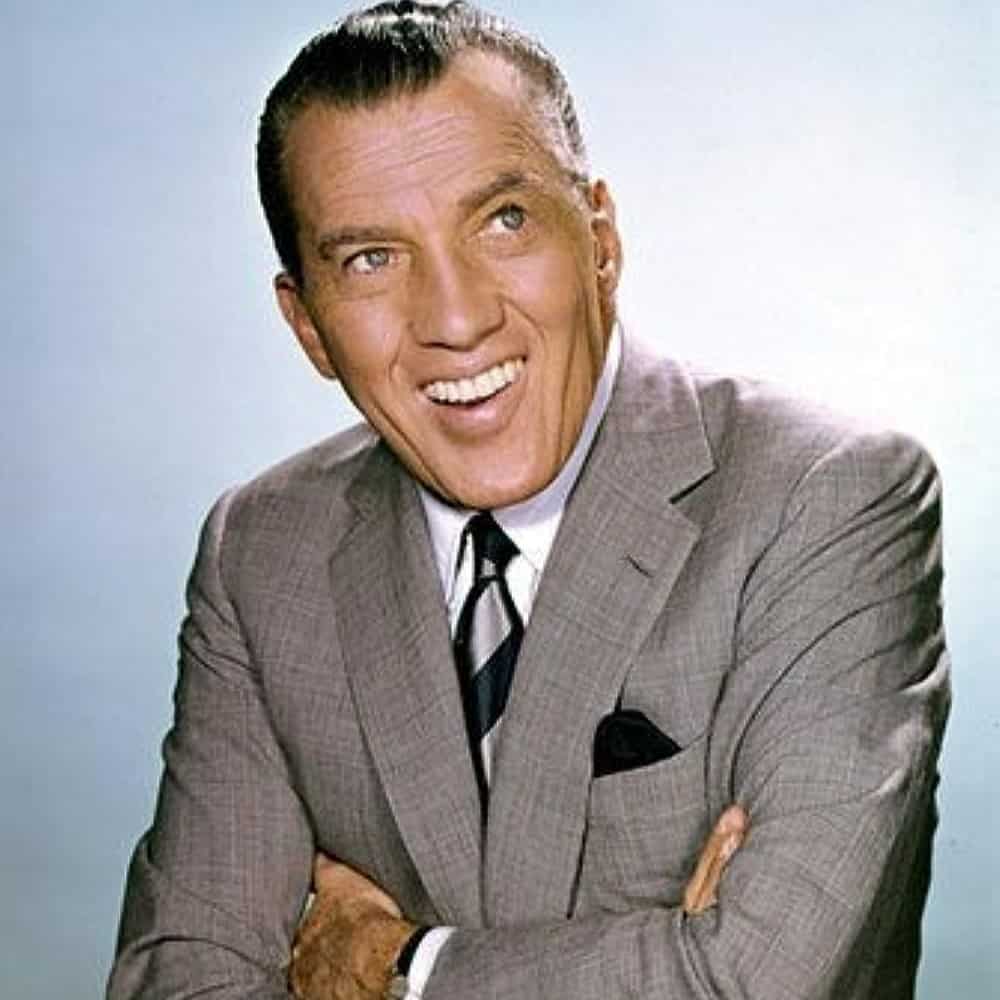
Ed Sullivan, the famous creator and host of the CBS TV show “The Ed Sullivan Show,” had a net worth of $10 million when he passed away. That’s approximately $60 million in today’s money, thanks to inflation adjustments. During the show’s heyday, a whopping 50 million viewers would gather weekly to enjoy his program.
Ed Sullivan’s Personal Life
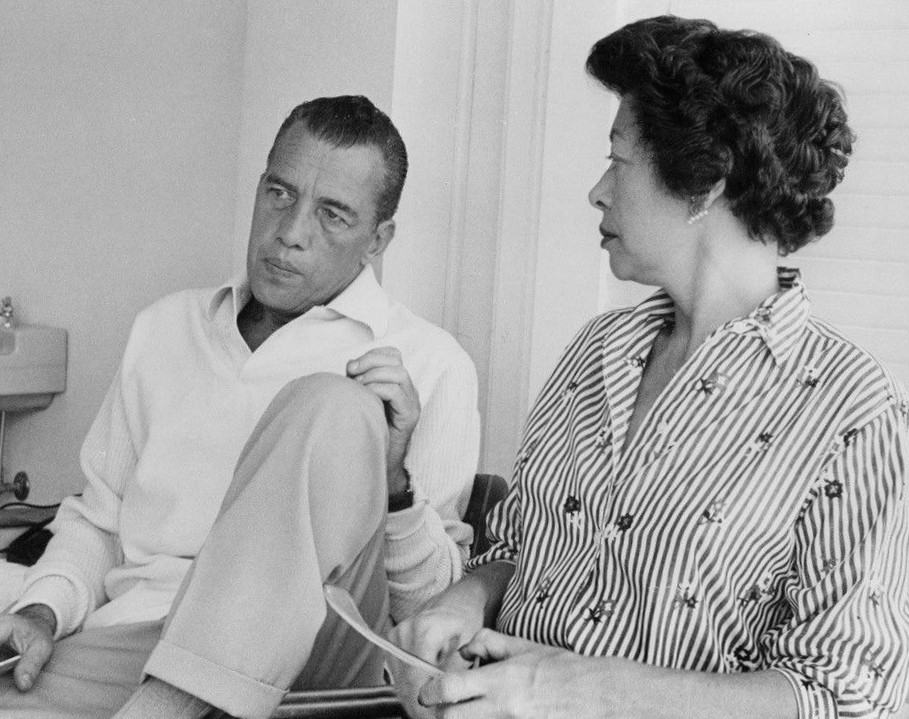
Ed Sullivan’s romantic journey had its share of twists. He was initially engaged to the talented swimmer Sybil Bauer, who tragically died from cancer in 1927 at 23. In 1926, Sullivan met Sylvia Weinstein, and they started dating. At first, Sylvia told her family that she was seeing a Jewish man named Ed Solomon, but her brother eventually discovered the truth—it was Sullivan, a Catholic.
Both of their families strongly disapproved of interfaith marriage, leading to a break in their relationship that lasted three years. However, love prevailed, and they tied the knot in a simple City Hall ceremony on April 28, 1930. Their love story took another turn when, eight months later, Sylvia gave birth to their daughter, Elizabeth, affectionately known as “Betty.” She was named after Sullivan’s mother, who had sadly passed away earlier that year.
In early September 1974, doctors delivered some devastating news to Sullivan: he had advanced esophageal cancer. They didn’t expect him to live much longer, but the family kept this information from him. Sullivan, a lifelong smoker, thought his health issues were just another consequence of his ongoing battle with gastric ulcers.
Sullivan passed away on October 13, 1974, at New York’s Lenox Hill Hospital. Despite being cold and rainy, his funeral drew 2,000 people to St. Patrick’s Cathedral in New York. Sullivan’s final resting place is a crypt at the Ferncliff Cemetery in Hartsdale, New York.
Ed Sullivan’s Early Life
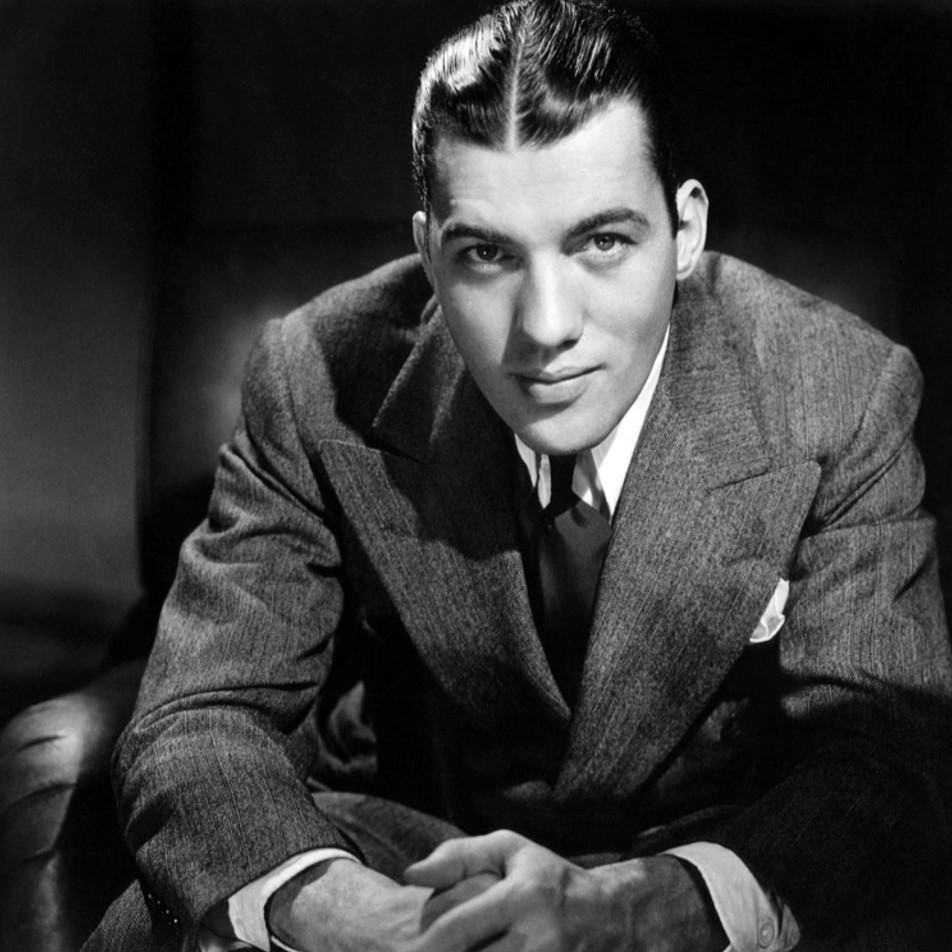
Edward Vincent “Ed” Sullivan was born on September 28, 1901, in Harlem, New York City. His parents were Elizabeth F. (maiden name Smith) and Peter Arthur Sullivan, who worked at the customs house. Ed had a twin brother named Daniel, but Daniel’s health was fragile, and he passed away within a few months of birth.
The Sullivan family called Port Chester, New York, their home, residing in a cozy red brick house at 53 Washington Street. Their roots were Irish, and they shared a deep love for music. The Sullivan household was always alive with the sound of playing piano keys, singing, and the joy of spinning phonograph records.
Sullivan was quite the sports star during his high school days at Port Chester High School. He managed to rack up an impressive 12 athletic letters in various sports. He was a halfback in football, played guard in basketball, and showcased his speed as a sprinter in track. But when it came to baseball, Sullivan donned the catcher’s mitt and even captained the team, guiding them to several championship victories.
Ed Sullivan’s Career
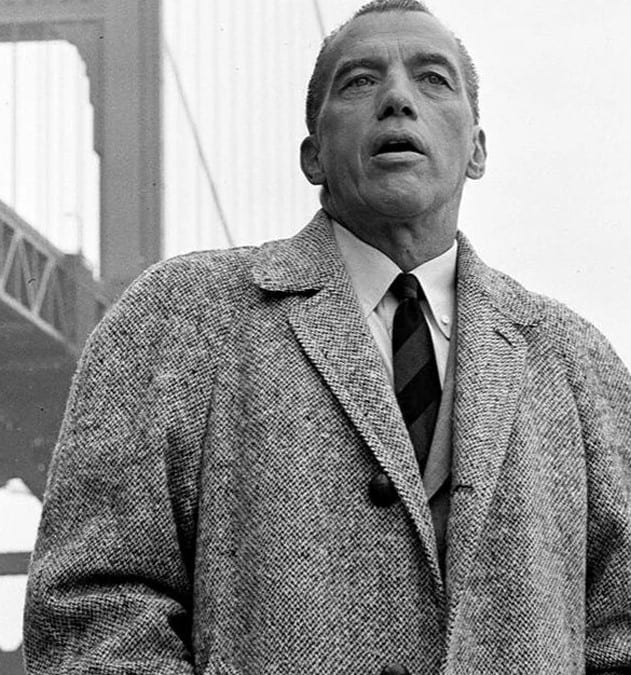
Ed Sullivan’s journey into journalism started with The Port Chester Daily Item, a local newspaper where he had contributed sports news during high school. After graduating, he landed a full-time position there. In 1919, he moved to The Hartford Post, but unfortunately, the newspaper folded within his first week on the job.
Undeterred, he found employment as a sports reporter at The New York Evening Mail. However, in 1923, the newspaper ceased publication, leading Sullivan to hop between various news roles with organizations such as the Associated Press, the Philadelphia Bulletin, The Morning World, The Morning Telegraph, The New York Bulletin, and The Leader. In 1927, he became part of The New York Evening Graphic, initially as a sports writer before progressing to sports editor.
In 1929, when Walter Winchell moved to The Daily Mirror, Sullivan became the Broadway columnist at the New York Evening Graphic. Later, he switched to the New York Daily News, the city’s biggest tabloid. His “Little Old New York” column focused on Broadway shows and juicy gossip. Sullivan also extended his presence to the radio, delivering news broadcasts about showbiz.
While working as a columnist, Sullivan didn’t just stick to writing. He ventured into the world of entertainment. During the 1920s and 1930s, he produced vaudeville shows where he played the master of ceremonies. He also directed a radio program on the original WABC station and organized benefit shows for various charitable causes.
The Ed Sullivan Show
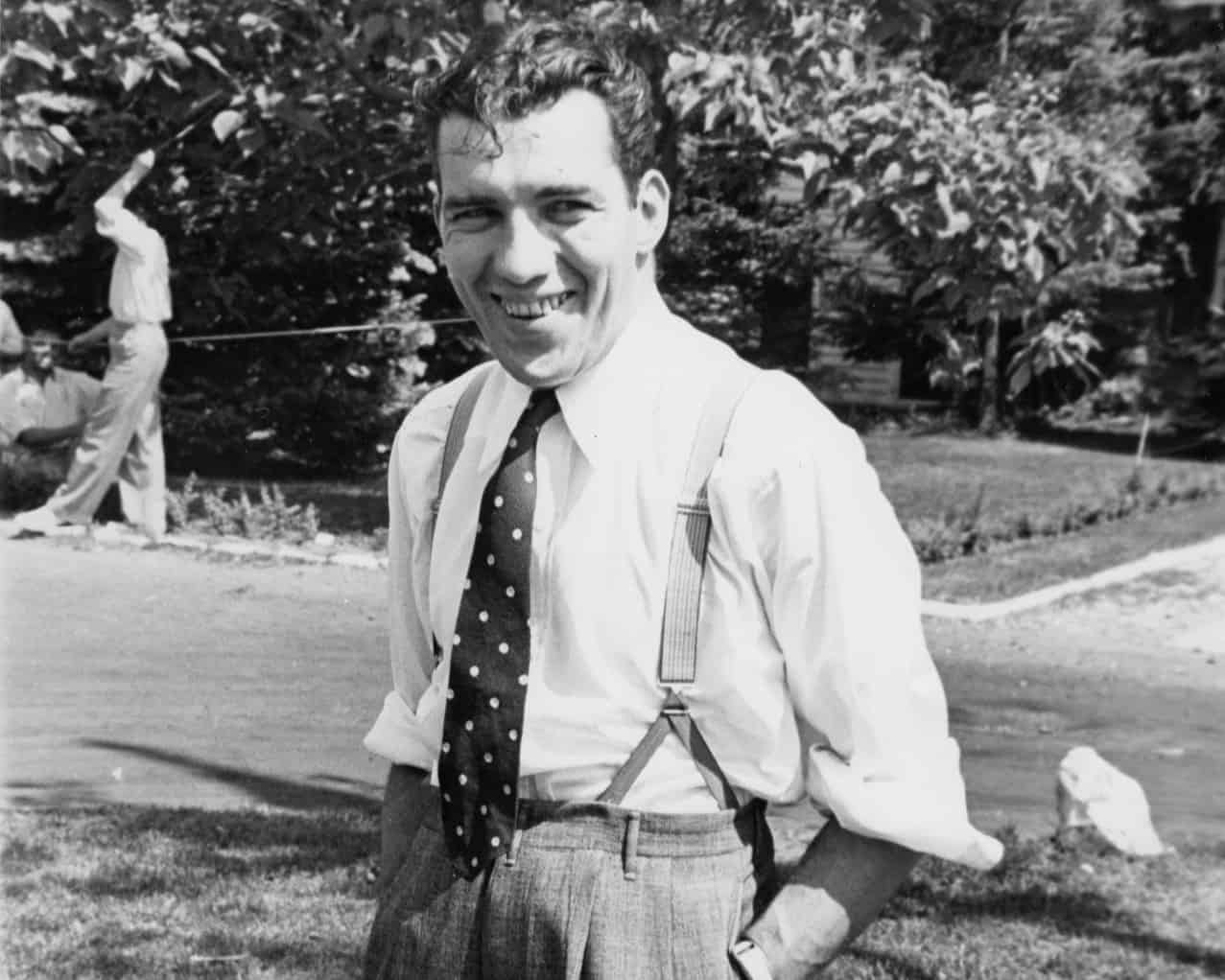
In 1948, a producer named Marlo Lewis persuaded CBS to hire Ed Sullivan to host a weekly Sunday-night TV variety show initially called “Toast of the Town,” which later became famous as “The Ed Sullivan Show.” The show debuted in June 1948, originally from Maxine Elliott’s Theatre on West 39th Street in New York.
In January 1953, it relocated to CBS-TV Studio 50 at 1697 Broadway. Once a CBS Radio playhouse, this studio was renamed the Ed Sullivan Theater in 1967. It later became the iconic home of “The Late Show with David Letterman” and “The Late Show with Stephen Colbert.”
When the show started, critics weren’t impressed with it or its host. Harriet Van Horne even claimed that Sullivan’s success wasn’t due to his strong personality but rather the opposite, suggesting that he got where he was because of his seemingly bland nature.
Ed Sullivan’s Controversy
Bo Diddley
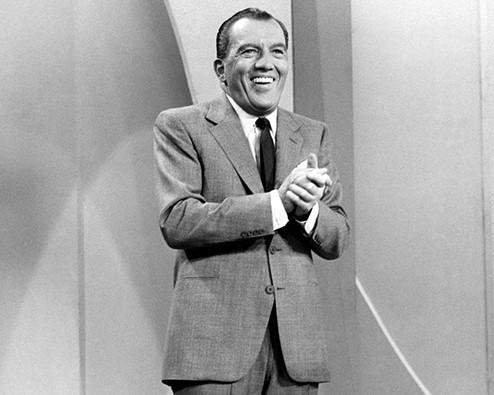
On November 20, 1955, the African American rock ‘n’ roll singer and guitarist Bo Diddley appeared on “The Ed Sullivan Show.” However, his performance left Sullivan quite upset. Initially, Diddley had been invited to sing Tennessee Ernie Ford’s famous song “Sixteen Tons,” and he agreed. But when the show was live on the air, he changed his heart and decided to perform his signature hit, “Bo Diddley.”
In his biography titled “Living Legend,” Diddley remembered the encounter, stating, “Ed Sullivan says to me in plain words: ‘You are the first black boy—quote—that ever double-crossed me!'” This incident marked the end of Diddley’s appearances on “The Ed Sullivan Show,” and he never returned to the program.
Jackie Mason
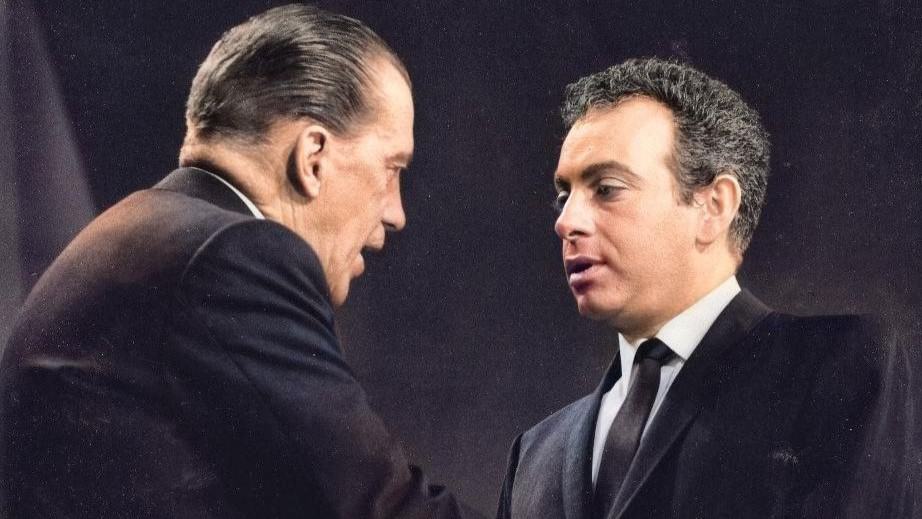
On October 18, 1964, Jackie Mason caused quite a stir when he seemingly made an offensive gesture toward Ed Sullivan during a live broadcast. Mason was performing his stand-up comedy routine in a recorded video of the incident. At one point, he glanced at Sullivan, suggesting that Sullivan was trying to communicate with him.
Reportedly, Sullivan was using two fingers to signal Mason that he had only two minutes left on air because CBS was planning to switch to a speech by President Lyndon Johnson. Mason incorporated finger gestures into his act playfully and pointed toward Sullivan with his middle finger slightly apart from the others. Once Mason exited the stage, the camera cut to a visibly upset Sullivan.
After the incident, Sullivan argued backstage with Mason and decided to end their working relationship by terminating Mason’s contract. Mason, however, denied intentionally using the middle finger gesture towards Sullivan. He even claimed he had never understood the gesture’s meaning then.
In response to what he saw as a potential threat to his career, Mason took legal action by filing a libel lawsuit in the New York Supreme Court. He emerged victorious in the case, prompting Sullivan to apologize to Mason publicly. This reconciliation occurred when Mason returned to Sullivan’s show in 1966.
Net Worth of Other Notable TV Hosts
Dick Cavett’s Net Worth
Dick Cavett is a celebrated American television personality, renowned for his unique interviewing style and captivating presence on “The Dick Cavett Show.” Rising to fame in the 1960s and 1970s, he made a mark with in-depth conversations with prominent figures from various fields, including entertainment, politics, and culture. Beyond his success on television, Cavett’s life is dotted with intriguing details: from his Nebraska roots, his encounters with famed personalities during his stint on “The Tonight Show,” to his candid discussions about personal challenges with clinical depression. Furthermore, his real estate investments, particularly in Montauk, Long Island, contributed considerably to Dick Cavett’s net worth, which is estimated at around $60 million as of 2023.
James Corden’s Net Worth
James Corden, a British television host, comedian, and actor, has made notable contributions to the entertainment industry with his vibrant personality and myriad talents. He has become a household name due to his stint as the host of “The Late Late Show with James Corden,” where he showcased his comedic brilliance through various segments. Corden’s journey began in Hillingdon, Greater London, and was marked by roles in shows like “Fat Friends” and “Gavin & Stacey,” as well as stage performances in “The History Boys” and “One Man, Two Guvnors.” Although his career was dotted with controversies, including allegations of joke plagiarism and criticisms for his roles, Corden has also made headlines with his real estate moves. Recent reports indicate James Corden’s net worth to be $70 million, a testament to his successful career in entertainment.
